Key Takeaways:
-
Choose Light-Reflective Colors: Utilize light-colored walls, ceilings, and furniture to reflect natural light, amplifying brightness throughout your home. Soft whites, pale grays, and light beiges are effective choices.
-
Use Sheer or Light-Filtering Window Treatments: Opt for sheer curtains or light-filtering shades to allow sunlight to stream in while maintaining privacy, creating a soft and pleasant ambiance.
-
Strategically Place Mirrors: Position mirrors opposite windows or glass doors to bounce light into darker areas, making rooms feel brighter and more expansive. This technique can also create the illusion of additional windows or depth.
-
Embrace Open-Concept Living: Adopting open-concept floor plans allows light to flow seamlessly between rooms, maximizing natural light and making spaces feel larger and more connected.
-
Maximize Outdoor Light with Landscaping: Trim back large trees or tall shrubs that might block sunlight from entering your home, ensuring that outdoor light reaches your windows effectively.
When moving into your new home, one of the simplest and most effective ways to enhance the atmosphere and make your space feel larger and more inviting is to maximize natural light. Sunlight not only creates an inviting environment but also offers a host of health benefits, including improved mood and productivity.
Below, we are sharing some features of our home designs that capture the suns rays, as well as practical solutions to allow for maximum light to flow into your home.
Choose Light-Reflective Colors
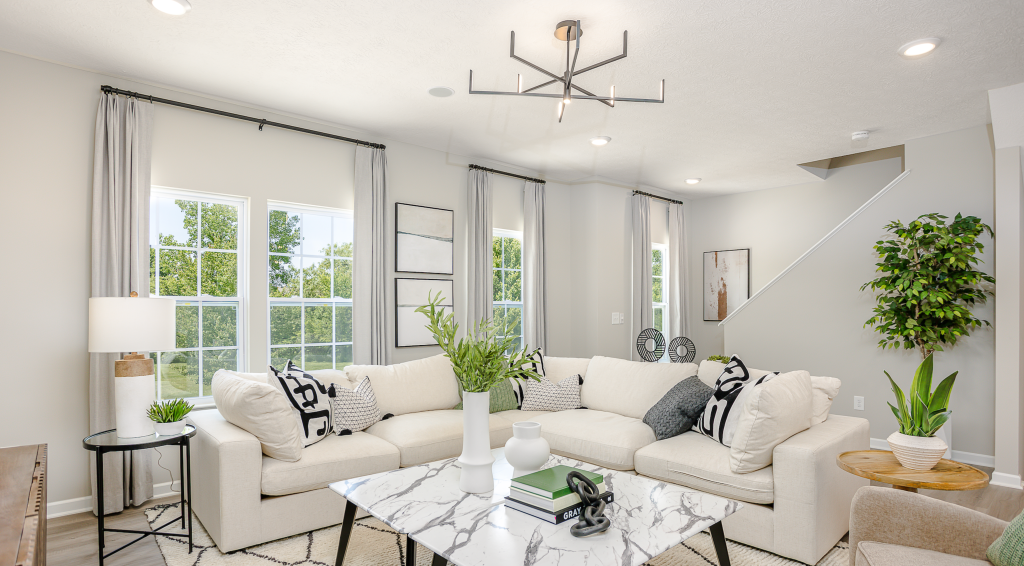
Light-colored walls, ceilings, and furniture are one of the best ways to reflect natural light around your home. Soft whites, pale grays, and light beiges work wonders in amplifying natural light. On the other hand, darker shades tend to absorb light, which can create a more subdued atmosphere. Consider painting your walls in light tones or opting for lighter furniture fabrics that won’t absorb too much light.
Don’t forget about your ceilings. Bright white or even light-colored ceilings reflect light back into the room, making the space feel more open and airy. Consider painting your ceiling a few shades lighter than your walls to enhance this effect.
Use Sheer or Light-Filtering Window Treatments
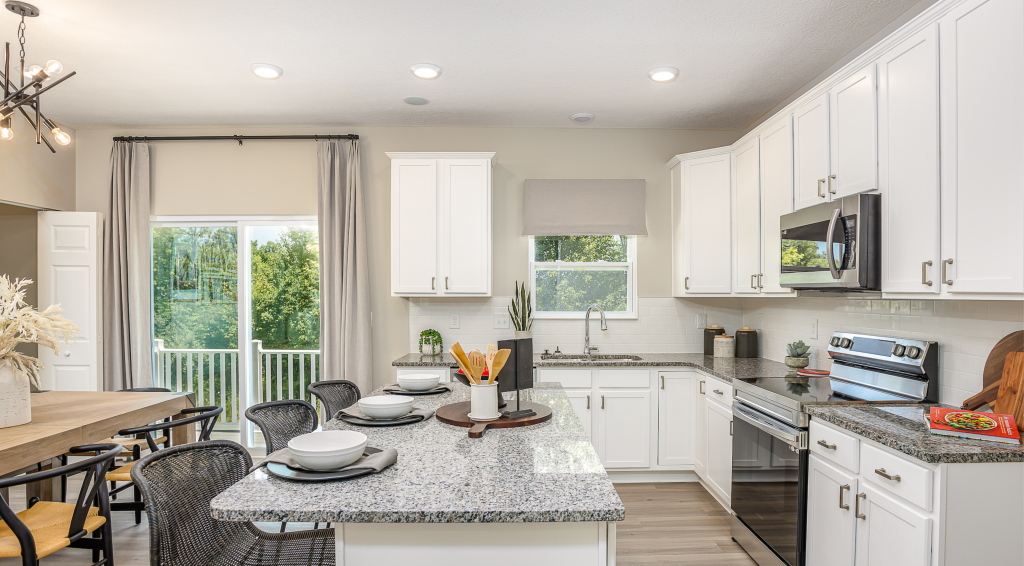
While curtains and blinds are essential for privacy, heavy, dark drapes can block out valuable sunlight. To keep your home bright while still offering privacy, opt for sheer curtains or light-filtering shades. These allow the sunlight to stream in while diffusing the harsh glare, creating a soft, pleasant ambiance throughout your space.
If you want to add an extra touch of style, consider fabric or window treatments in light, airy colors, like whites, off-whites, or pastels, that will complement the natural light entering your home.
Strategically Place Mirrors
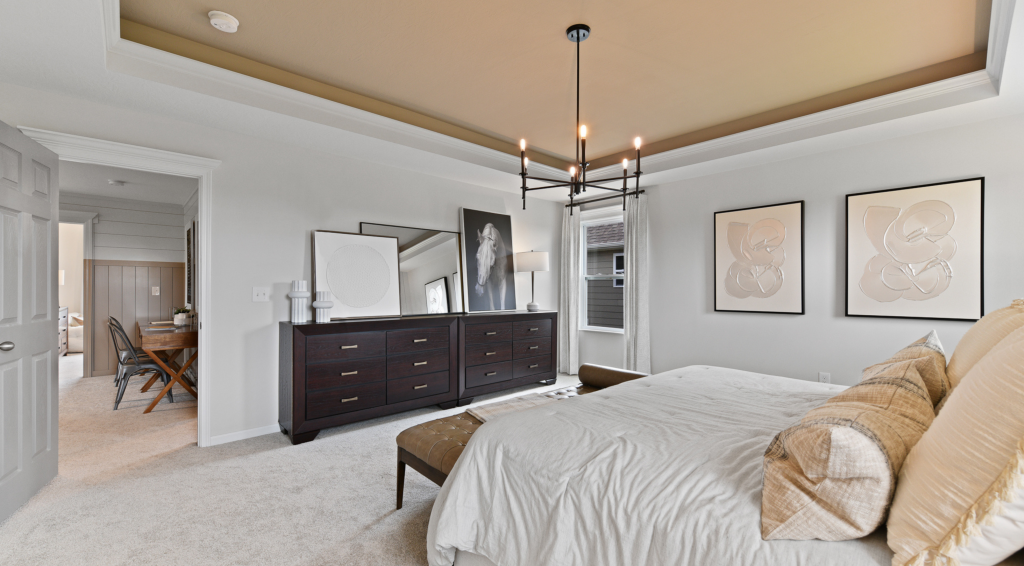
Mirrors are a great way to enhance natural light in a room. By strategically placing mirrors opposite windows or glass doors, you can bounce light into darker areas, making rooms feel brighter and more expansive. In smaller spaces, mirrors can help create the illusion of additional windows or depth, giving your home an airy and open feel.
You can also use mirrored furniture and décor to reflect light around the room. A well-placed mirror not only brightens the room but can also add a touch of elegance and sophistication to your interior.
Embrace Open-Concept Living
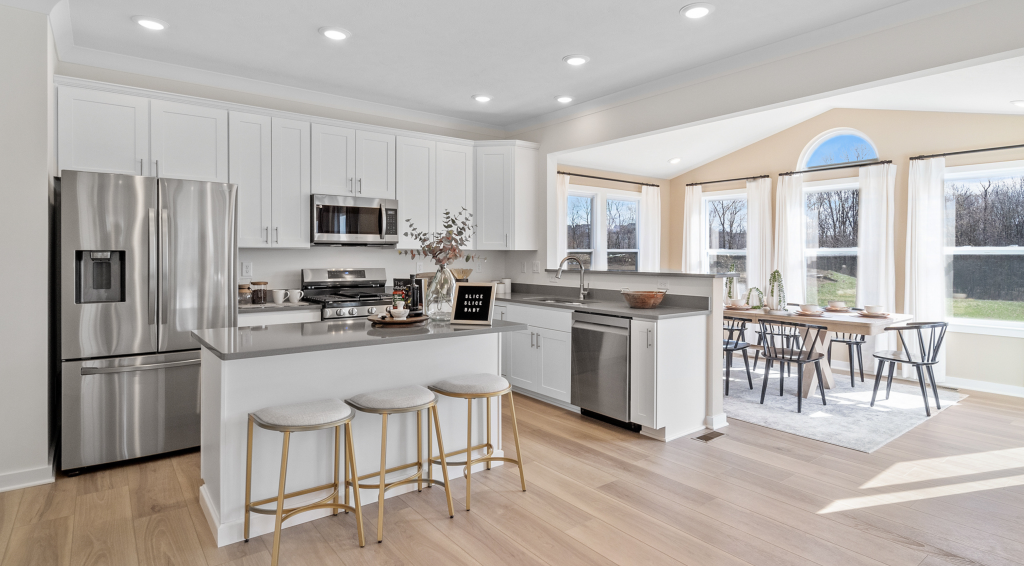
Open-concept floor plans allow light to flow seamlessly between rooms, which can help maximize natural light. All of our home designs offered feature open-concept layouts, intended to never feel closed off or partitioned. In smaller spaces, a more open layout can also make the area feel larger and more spacious. The fewer walls and obstacles in the way, the more natural light will circulate throughout your home.
Sunrooms
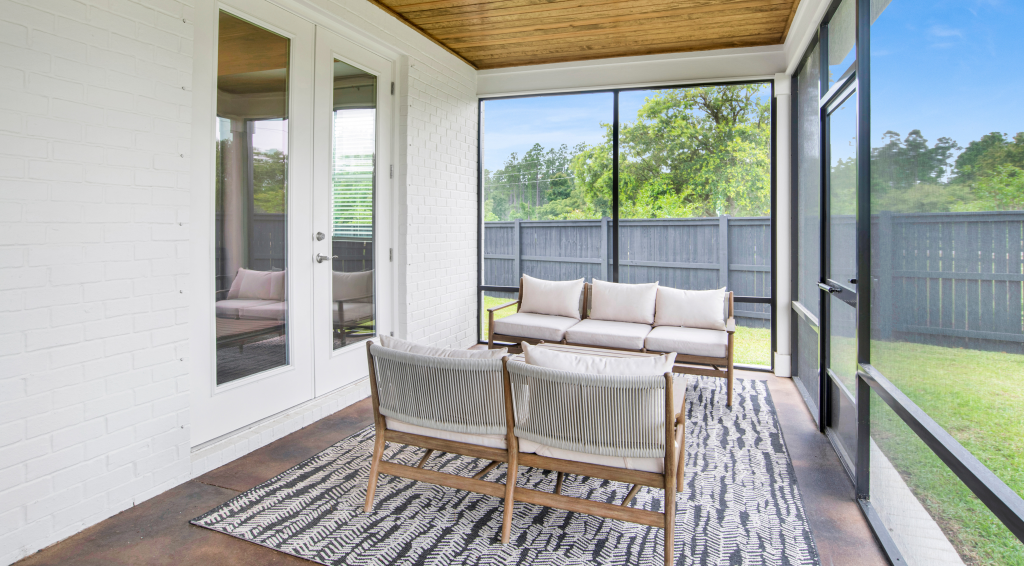
Imagine having your first cup of coffee in the morning while basking in the sunlight – even if it’s chilly outside! Some of our home designs feature the option to add a light-filled sunroom on the main floor of the home, which allows a ton of natural light in throughout the day.
Maximize Outdoor Light with Landscaping
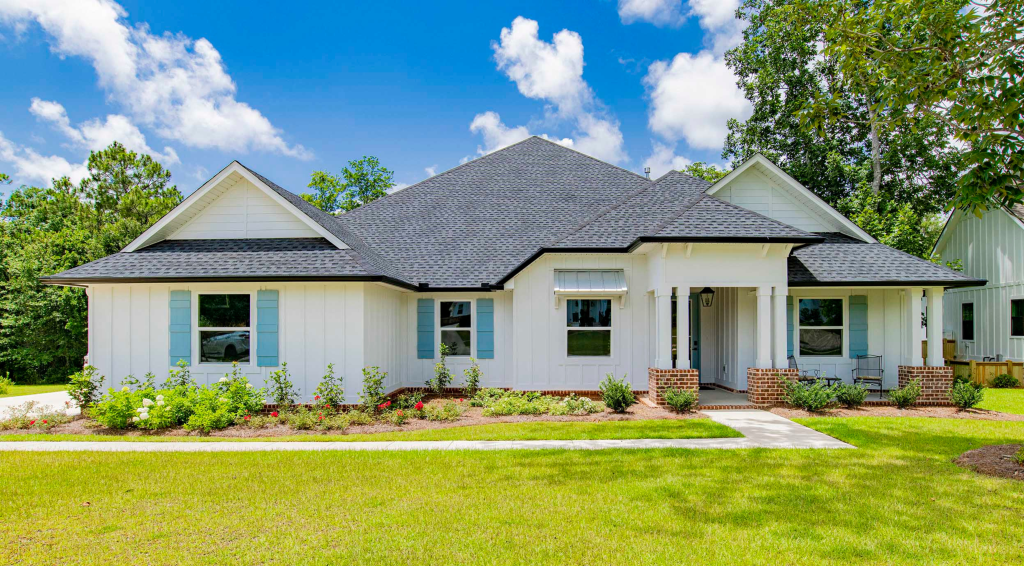
While it’s important to optimize light inside your home, don’t forget about the light that comes from your outdoor spaces. Consider landscaping your yard to allow more light to reach your windows. Trimming back large trees or tall shrubs that might block the sun can make a noticeable difference in the amount of light that enters your home.
Use Artificial Lighting Strategically
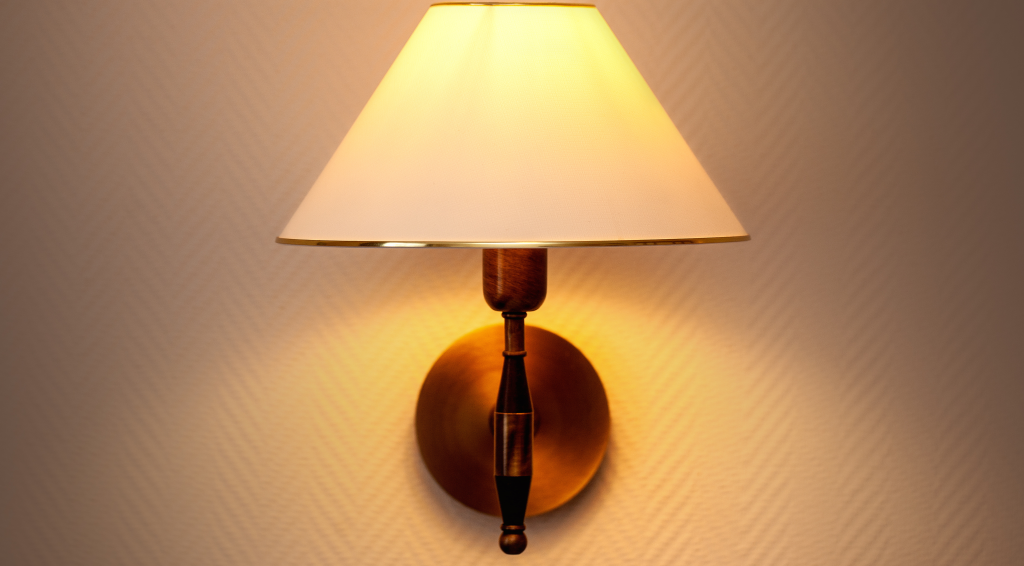
While the goal is to bring in as much natural light as possible, artificial lighting can help supplement those brighter days and keep your home feeling vibrant even during the evening or cloudy weather. Layer your lighting, using ambient lights (such as ceiling lights or recessed lighting), task lighting (like reading lamps or under-cabinet lights), and accent lighting (like floor lamps or decorative sconces) to create a well-lit space that complements the natural light.
When choosing artificial lighting, aim for fixtures that complement the natural light. LED lights with a warm color temperature (2700-3000K) can create a cozy and inviting atmosphere without competing with natural light.
Maximizing natural light in your home doesn’t require a major overhaul. Small tweaks such as adjusting your window treatments, selecting light colors for walls and floors, or adding mirrors can have a big impact. The key is to embrace openness and transparency, allowing sunlight to flow freely through your space. By thoughtfully designing your home to invite as much light as possible, you can create a space that feels more connected to nature and a lot brighter, no matter the season.
Whether you’re building your dream home or looking to refresh your existing one, these tips will help you harness the power of natural light and turn your living space into a sunny, cheerful retreat.
